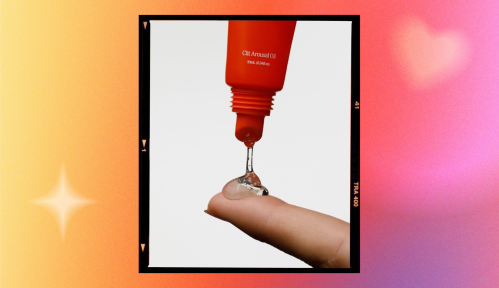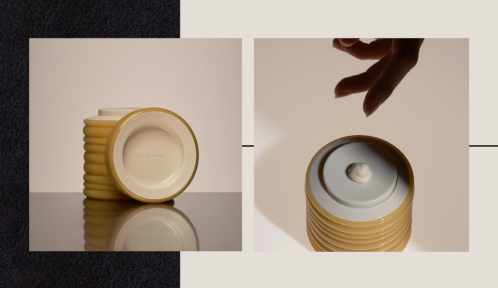Our editors independently select these products. Making a purchase through our links may earn Well+Good a commission
During the winter months, it can be just as challenging to avoid dry skin as it is to stay warm. The harsh winds and cold air compromise your skin barrier, making it less adept at holding in moisture and leaving your complexion extra thirsty. If you aren’t giving your skin the nourishment it needs, you can potentially create more damage to its barrier function, making it more susceptible to environmental factors and other irritants.
Experts in This Article
board-certified dermatologist in New York City
This is precisely the reason why skin pros are constantly urging you to double down on moisturizers from now until spring. The occlusive ingredients in your standard face cream help to lock in moisture and “decrease transepidermal water loss, increase skin water-binding properties and increase skin surface lipids,” says David Orentreich, MD, a board-certified dermatologist who has served as the guiding dermatologist for Clinique Laboratories since 1987. In other words, by applying moisturizer correctly, you’re improving the skin’s hydration, decreasing the skin’s susceptibility to irritation, and restoring the skin’s barrier. In order to reap these benefits, though, you’ll need to be sure that you’ve got the right moisturizer—and (most importantly) that whatever you’re using is working properly for your skin. Below, Dr. Orentreich shares the rundown of what you should be looking for in a winter-skin-friendly product, plus the red flags that signal you may need to start experimenting with something new.
Star Ingredients
When purchasing a moisturizer, derms recommend looking for the following trifecta of hydrating ingredients to ensure your skin is well-nourished during the cold winter months.
1. Humectants
Humectants are dermatologists’ secret weapons for drawing moisture to the top layer of your skin. Glycerin and hyaluronic acid are lauded as two of the best ingredients in this category, as both can hold onto multiple times their weight in water.
2. Emollients
Emollients are the most effective for filling tiny cracks in the skin’s barrier. So when your skin is already feeling dry, they’re great for helping repair your skin and seal in all of the moisture it’s getting from the product. Look for shea butter and cocoa butter on an ingredient list to ensure you’re getting a formula that fits the bill.
3. Occlusives
Occlusives, like petroleum, lock all of that hydrating goodness into your complexion. They form a protective barrier on the top layer of the skin, ensuring that your skin has the time it needs to soak up all that hydration.
Moisturizer red flags
Even if you’ve got a great formula in hand, you’ll still want to ensure that it’s working properly for your individual complexion, so Dr. Orentreich recommends looking out for these four signs that it may not be the right fit.
1. Stinging or burning
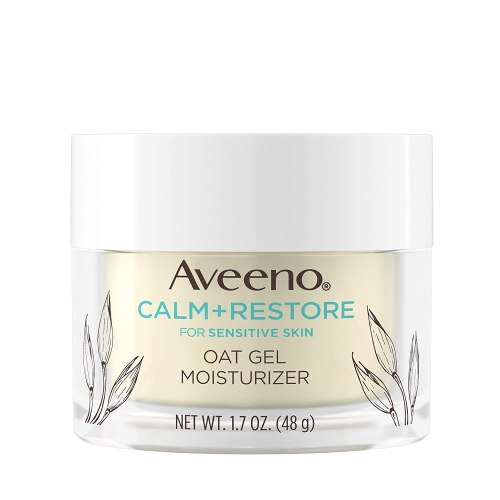
Aveeno Calm + Restore Oat Gel Facial Moisturizer for Sensitive Skin — $18.00
2. Breakouts
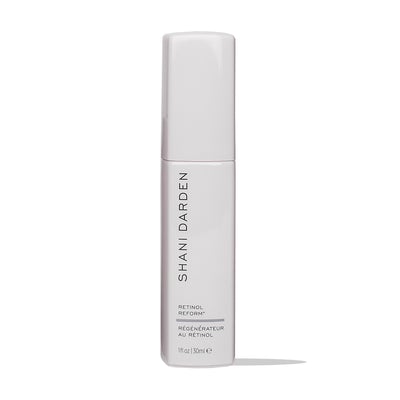
Shani Darden Skincare Weightless Oil-Free Moisturizer — $48.00
3. Makeup piling

Moisture Surge™ 100H Auto-Replenishing Hydrator — $25.00
4. Dry skin
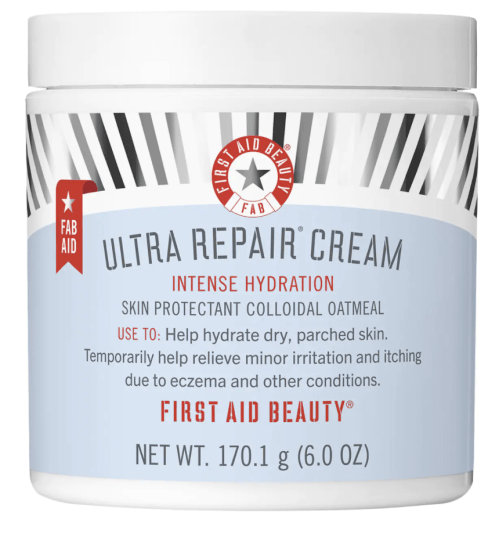
First Aid Beauty Ultra Repair Cream — $38.00
Want even more beauty intel from our editors? Follow our Fineprint Instagram account) for must-know tips and tricks.
Sign up for the Well+Good SHOP Newsletter
Get exclusive deals on wellness, beauty, fitness, and food products that have been hand-picked by our editors.
Got it, you've been added to our email list.

